Oxygen masks are products which come out of the bottle as a gel, but start bubbling with oxygen gas after a few seconds on the skin. Brands like Bliss, Peter Thomas Roth, Dr Brandt, Oseque and Sephora have oxygen bubble masks. What do they do, and how did they get the gas into the bottle?
Here’s the video, scroll down for the text version…
How do oxygen masks work?
Oxygen masks work a lot like soda water or soft drinks, where gas is dissolved in water under pressure (carbon dioxide gas, for soda), and is released when the pressure drops (when you open the bottle).
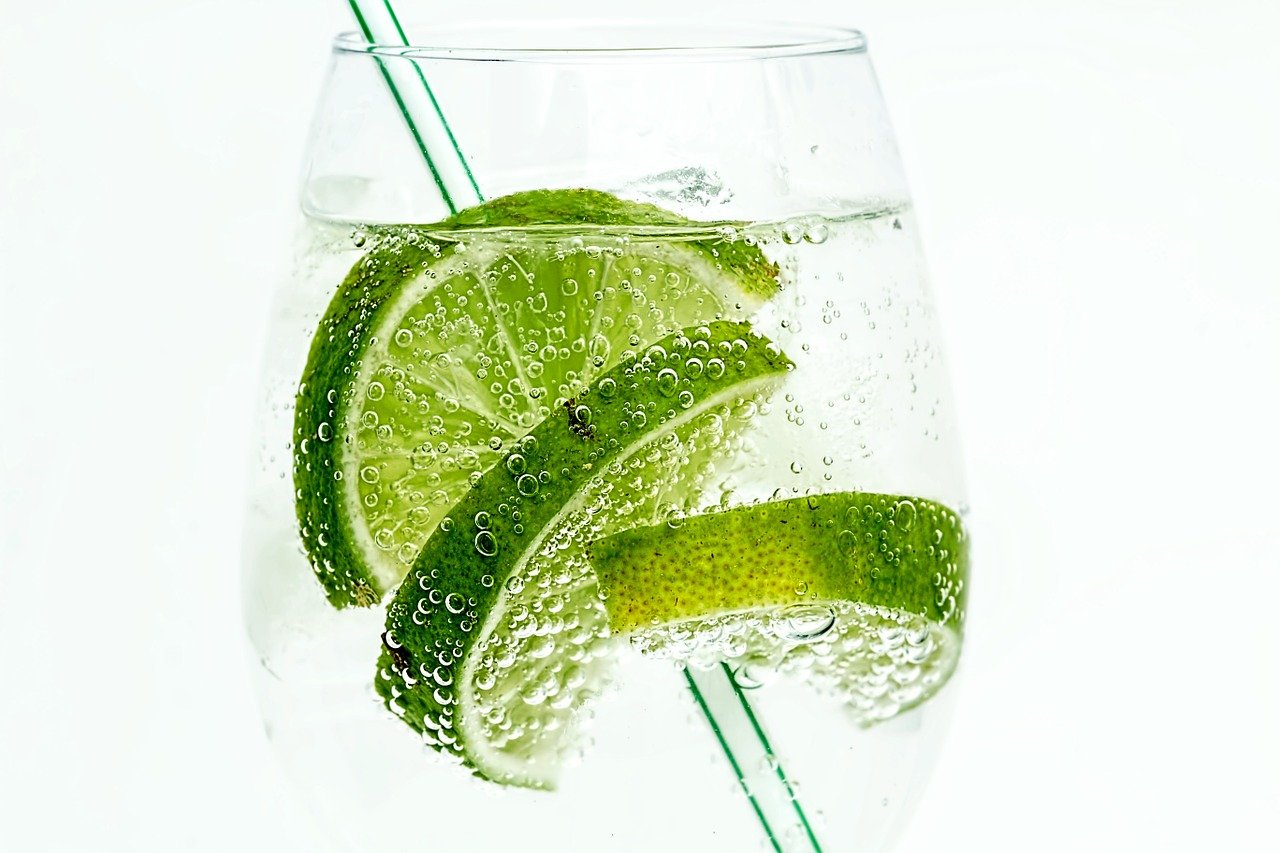
Oxygen doesn’t dissolve as well in water, so instead it’s dissolved in chemicals called perfluorocarbons, which are stable, unreactive carbon-based compounds containing fluorine atoms. They can dissolve 20 times more oxygen than water, and have even been investigated for use in artificial blood.
These oxygenated perfluorocarbons are then sealed in a pressurised bottle. When the mask comes out, the oxygen starts fizzing out slowly like the bubbles in soft drink. For some thicker products, a pressurised bottle isn’t required – the thickness of the product itself is enough to hold the oxygen until you massage it out by applying it on the skin.
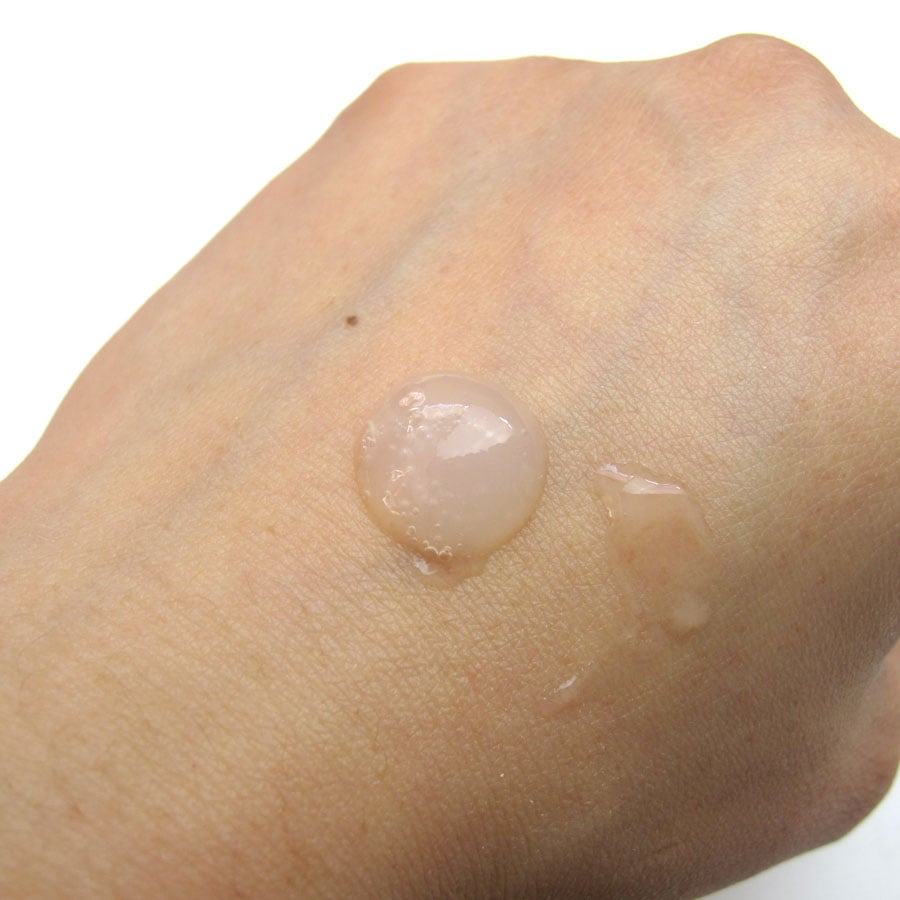
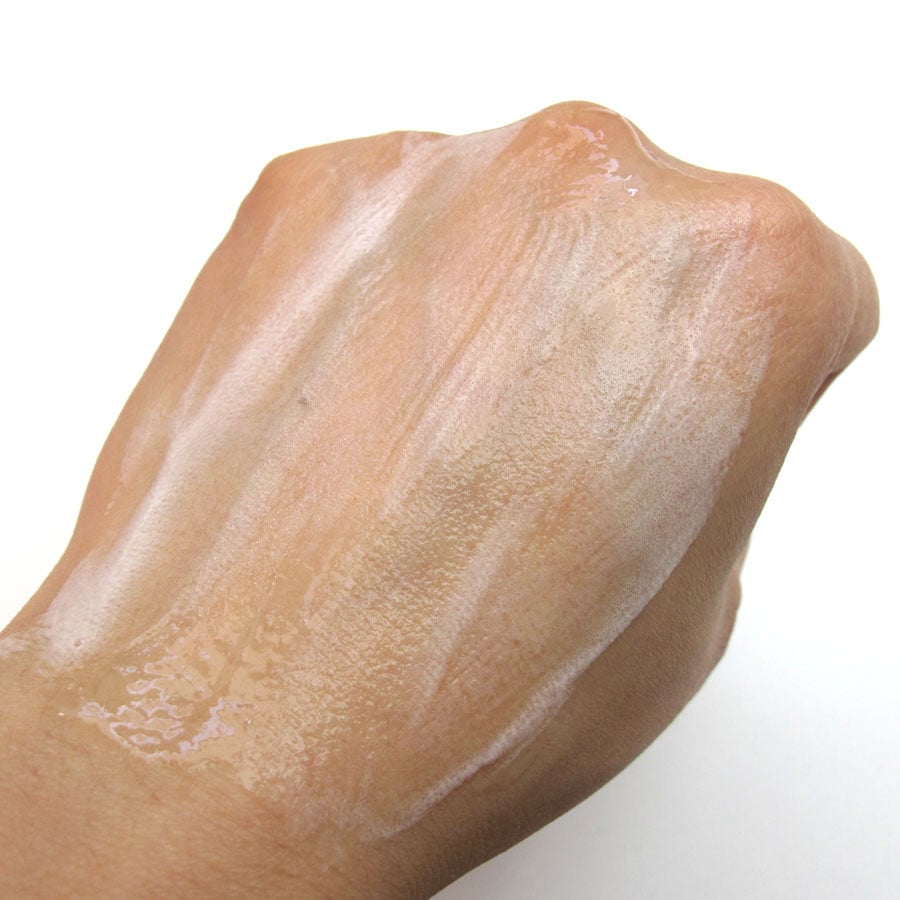
The most commonly used perfluorocarbons in cosmetics are perfluorodecalin and methyl perfluorobutyl ether, but pretty much anything in the ingredients list with “perfluoro” in it will be a perfluorocarbon. Here are the perfluorocarbon ingredients in some popular oxygen masks:
- Elizavecca Milky Piggy Carbonated Bubble Clay Mask: Methyl Perfluoroisobutyl Ether
- Sephora Bubble Mask Detoxifying & Oxygenating: Methyl Perfluoroisobutyl Ether, Methyl Perfluorobutyl Ether
- Dr. Brandt Skincare Oxygen Facial Flash Recovery Mask: Methyl Perfluorobutyl Ether, Methyl Perfluoroisobutyl Ether, Ethyl Perfluorobutyl Ether, Ethyl Perfluoroisobutyl Ether, Perfluorodecalin
- Bliss Triple Oxygen Instant Energizing Mask: Methyl Perfluorobutyl Ether
- Peter Thomas Roth Brightening Bubbling Mask: Methyl Perfluorobutyl Ether, Methyl Perfluoroisobutyl Ether, Perfluorohexane, Perfluoroperhydrophenanthrene, Perfluorodecalin
- Oseque Cyber Shine Oxygen Mask Cleanser: Methyl Perfluorobutyl Ether, Methyl Perfluoroisobutyl Ether
- Caolion Premium Blackhead O2 Bubble Pore Pack: Ethyl Perfluorobutyl Ether, Ethyl Perfluoroisobutyl Ether
Note: Some oxygen masks contain oxygen made from decomposition of hydrogen peroxide e.g. philosophy’s Oxygen Peels – you’ll want to keep these away from dark fabrics because it’ll bleach it white! The ones that use perfluorocarbons are safe.
What does oxygen do for skin?
What’s the point of putting oxygen gas in skincare products? It’s because the amount of oxygen in your skin decreases as you age, and if you smoke or have a lot of UV exposure from the sun, it’ll decrease further. It’s estimated that there’s 1/4 less oxygen by the time you’re 30, and 1/2 by the time you’re 40.
Oxygen gas is needed by the skin to produce collagen, so it’s possible that if you don’t have enough oxygen in your skin, your collagen levels will drop and you’ll end up with dull and dehydrated skin and wrinkles.
It’s been found that extra oxygen helps with wound healing and increases filaggrin (a protein that’s important for a healthy skin barrier), and it could potentially kill acne bacteria. In an animal study, oxygen reduced wrinkles caused by UV exposure. However, no convincing studies have been done on oxygen and wrinkle reduction in humans.
On the flip side, extra oxygen could also increase the amount of reactive oxygen species (ROS) or oxidants in your skin. These are important for lots of biological processes, but if there’s too many, they can attack and damage proteins and DNA, leading to premature ageing. A few wound healing studies have found that this potential side effect is insignificant.
Related post: Antioxidants in Skincare: What Do They Do?
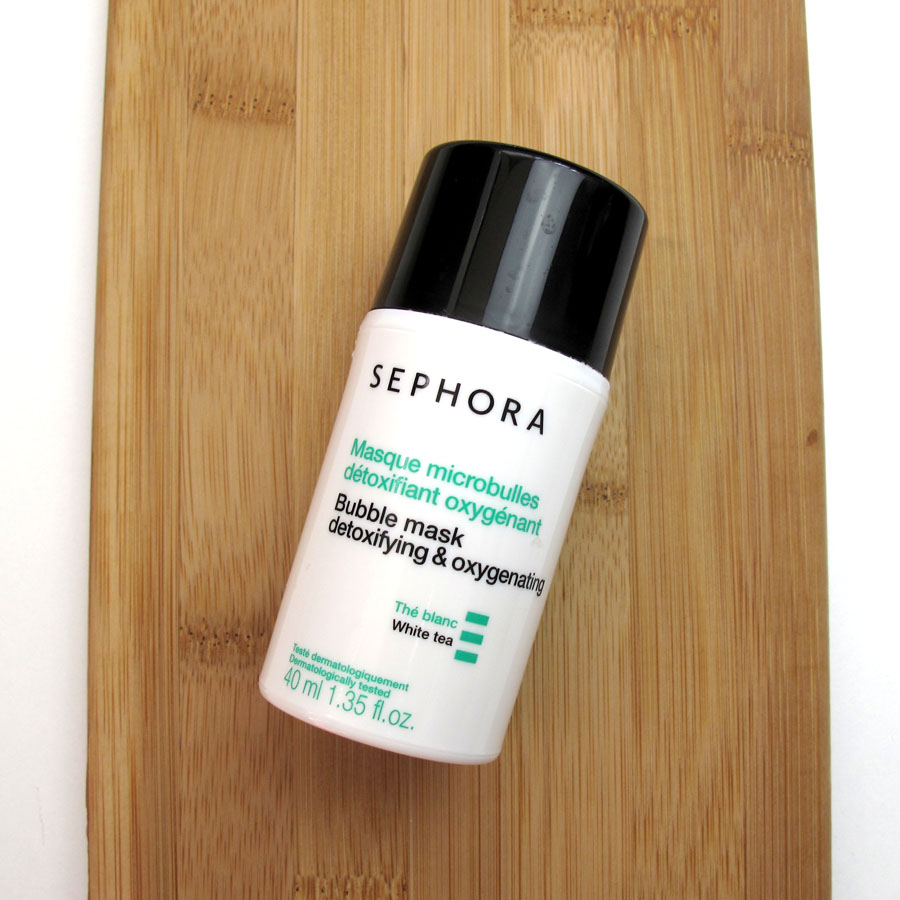
Can oxygen masks deliver enough oxygen into the skin for these benefits?
There are a few studies on using oxygenated perfluorocarbons for wound healing and one preliminary study on using them for reducing wrinkles, but they were in topical gels, not wash-off products like these masks, so there would likely be more oxygen entering the skin. Most studies on wound healing use other systems for getting oxygen into the skin, such as oxygen-producing bandages, instead of perfluorocarbons.
The fact that there’s a significant amount of bubbling in oxygen masks could mean that there’s very little gas actually entering the skin and getting to the deeper layers where it can make a difference. The tickling feeling does make it feel more “active” though! The bubbling could also potentially loosen dirt.
Verdict: Until there are more studies done on oxygen masks, they’re just a fun product that might help you clean your face better, but they’re unlikely to have significant anti-aging effects.
Related post: My Current Evening Skincare Routine
References
RS Kellar, RG Audet, DF Roe, LA Rheins & ZD Draelos, Topically delivered dissolved oxygen reduces inflammation and positively influences structural proteins in healthy intact human skin, J Cosmet Dermatol 2013, 12, 86-95. DOI: 10.1111/jocd.12039
L Pryor, CR Gordon, EW Swanson, RG Reish, K Horton-Beeman & SR Cohen, Dermaplaning, topical oxygen, and photodynamic therapy: a systematic review of the literature, Aesthetic Plast Surg 2011, 35, 1151-9. DOI: 10.1007/s00266-011-9730-z
B Asadamongkol & JH Zhang, The development of hyperbaric oxygen therapy for skin rejuvenation and treatment of photoaging (open access), Med Gas Res 2014, 4, 7. DOI: 10.1186/2045-9912-4-7
SC Davis, AL Cazzaniga, C Ricotti, P Zalesky, LC Hsu, J Creech, WH Eaglstein & PM Mertz, Topical oxygen emulsion: a novel wound therapy, Arch Dermatol 2007, 143, 1252-6. DOI: 10.1001/archderm.143.10.1252
This post contains affiliate links – if you decide to click through and support Lab Muffin financially, thank you! For more information, see Disclosure Policy.
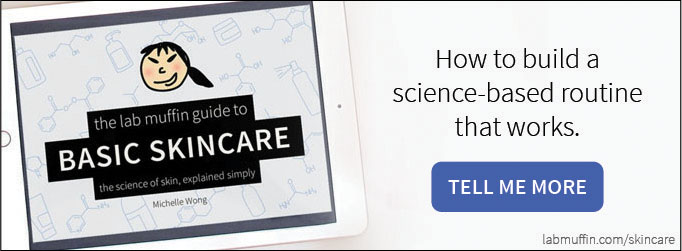
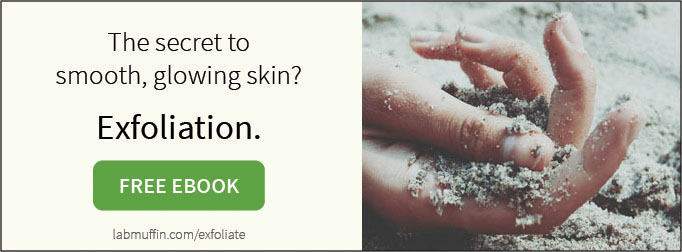
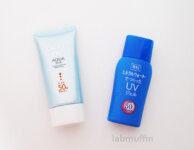
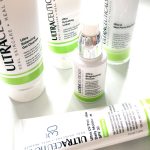
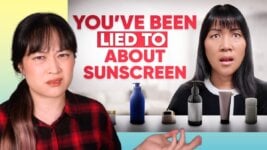
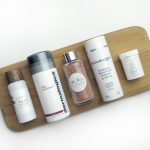
These sounded super gimmicky to me so it’s really interesting to hear the science behind them! Thank you 🙂
Jess xo
They are definitely a bit gimmicky, but I love gimmicky products!
Bit sad that they probably don’t really help! Definitely a fun product though
I like to pretend they work when I use them! 😉
I tried a Missha oxygen mask, which sadly didn’t even bubble, but at least now I know I’m not really missing out!
Thank you for this useful post! As usual, very helpful to understan what’s behind a product ^^
Thank you for the helpful article! So it is more a skincaretainement.
Milky Piggy Carbonated Bubble Clay Mask as a budget friendly alternative should do the same thing because it has Methyl Perfluorobutyl Ether, right?
Can you please do a post explaining how EDTA works, and the potential side effects of it? I’d love to hear your opinion on it, as well as the facts!
I’ll have a look into it!
Thanks for the information!
Ah, bubbling masks. I know in my head it’s sort of airy fairy skin science, but I picked one up just for the pure fun of a bubbly mask selfie! I think we are running out of things to do with masks. I think the next one should be that it goes on fire like how you disinfect lab benches. The ultimate clarifying mask! LOL
P.S. I have been meaning to leave a comment instead of just liking all of your IG pics!
Oh that would be hilarious! Kill it with fire!
I have the Oxygen mask by pixi that I really enjoy, but I don´t think it is because of the extra oxygen. As you said I am pretty sceptical about the amount of oxygen my skin will get when using the mask.
It is definitely fun though, and that should count for something.
Michelle, would you just put perfluorocarbons into the mask and do you need to oxygenate them with some equipment first?
Thanks!
Hi,
I once tried a Korean oxygen bubble cleanser, and it was good. My face felt clean but not dry. I would love to try Sephora’s Bubble Mask soon. Thanks for sharing!
Hi,
This sounds really interesting. Science brought something significant to skincare when it comes to this oxygen thing to the skin. I’ll try using Sephora’s Bubble Mask and experience the best result. Thanks.
Hi Michelle!
I have a question regarding Tretin-A. I recently wanted to start using it, but after some research I found some concerning studies, linking Tretin-A with a higher risk of developing lung cancer, overall increased deaths of people in a study who used Tretin-A over a longer period of time etc.
Could you maybe make a blog-post or a video about the risks of using tretin-A?
Thanks for all your great posts!
This question isn’t specifically about this post, but I wanted to ask it. Is your skincare ebook available in paperback or hard copies?
Not yet! I’ve been looking at options for it but the ones I’ve found so far with the specs I want are all prohibitively expensive and logistically tricky unfortunately. Maybe one day…